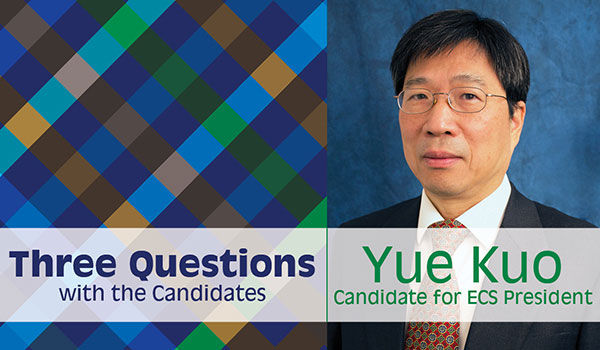 The 2018 Society elections are upon us and ECS wants you to learn more about the candidates from the candidates.
The 2018 Society elections are upon us and ECS wants you to learn more about the candidates from the candidates.
About ECS elections
The early months of each year are an exciting time here at ECS as officer elections take place via electronic proxy in the two-month period from January 15 to March 15, 2018. Elected officers constitute the organization’s executive committee and include the following positions: president, three vice presidents, secretary and treasurer. The nominating committee determines the candidates and you determine the winner.
Three Questions with the Candidates allows you a personal glimpse of each volunteer on the current ballot. There is a total of five candidates (one for president and two each for vice president and treasurer). Take a moment to read the full candidate biography and election statement. And then enjoy their reflections on ECS and the marvel that is science.


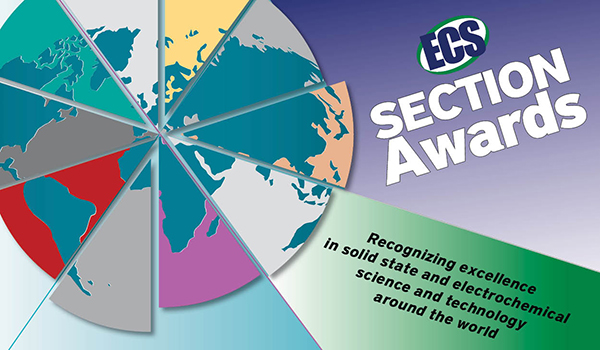 Extended Deadline: February 16, 2018
Extended Deadline: February 16, 2018 Join us as ECS and SMEQ comes together for the
Join us as ECS and SMEQ comes together for the 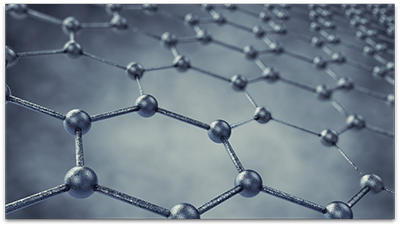 Adding a little ultrathin hexagonal boron nitride to ceramics could give them outstanding properties, according to new research.
Adding a little ultrathin hexagonal boron nitride to ceramics could give them outstanding properties, according to new research.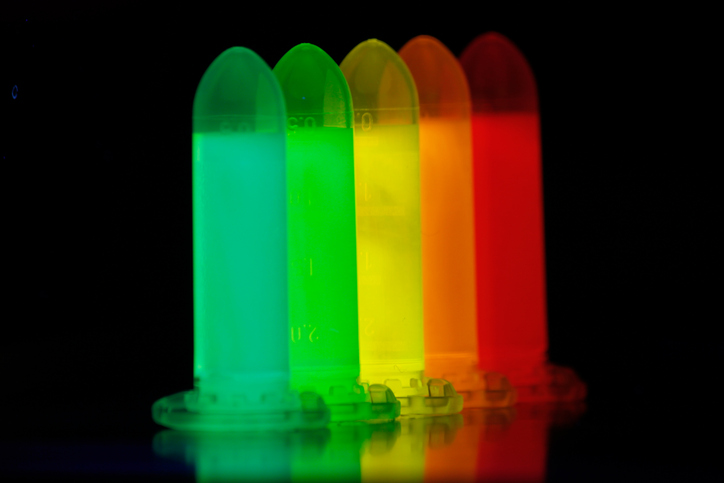 Researchers have found an explanation for why a certain class of quantum dots shines with such incredibly bright colors.
Researchers have found an explanation for why a certain class of quantum dots shines with such incredibly bright colors. One year ago, the Chinese government’s energy agency made a long-term commitment to the development of renewable energy sources, investing more than
One year ago, the Chinese government’s energy agency made a long-term commitment to the development of renewable energy sources, investing more than 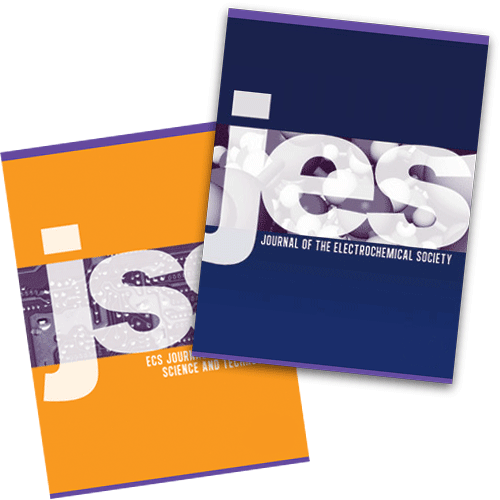 On January 1, 2018, ECS eliminated all charges for color figures published in the
On January 1, 2018, ECS eliminated all charges for color figures published in the 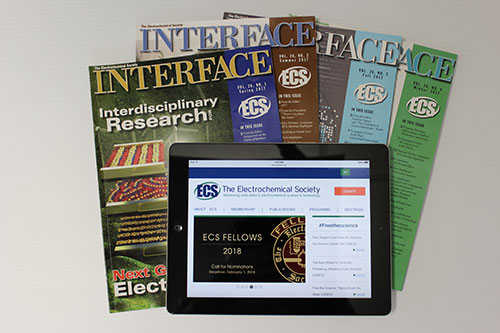 ECS has a wide array of programs to put your organization’s brand in front of leaders within the electrochemistry and solid state science technology communities.
ECS has a wide array of programs to put your organization’s brand in front of leaders within the electrochemistry and solid state science technology communities.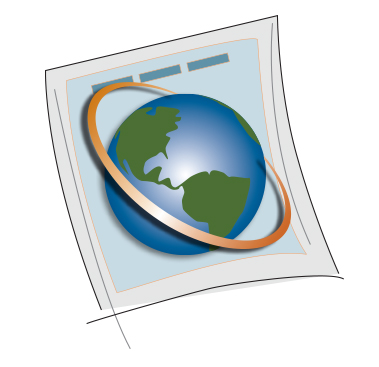 By: Alice Suroviec, Berry College
By: Alice Suroviec, Berry College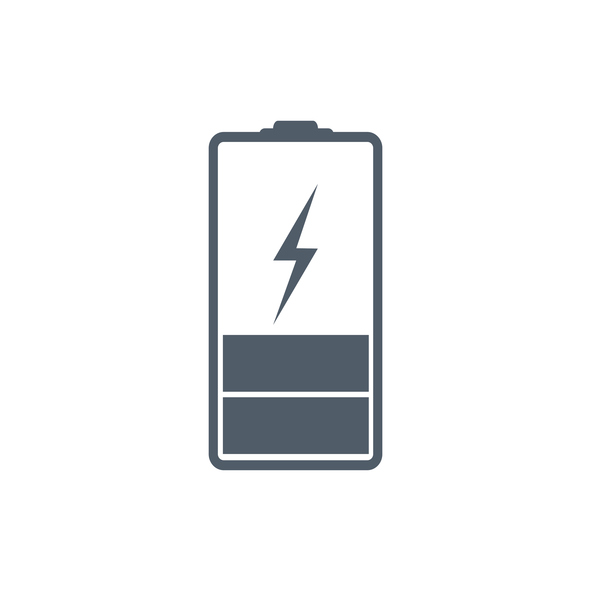 Water-based rechargeable batteries could be one step closer to commercial viability, thanks to
Water-based rechargeable batteries could be one step closer to commercial viability, thanks to